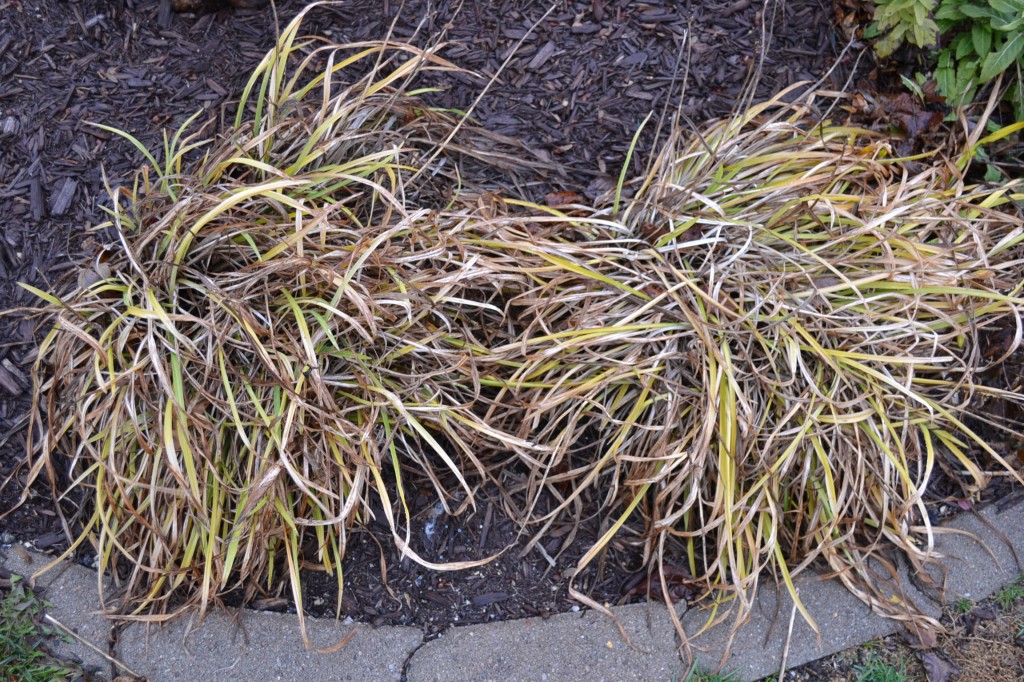Cutting perennials in the fall can start as soon as the plants begin to wilt from frost. After the first frost, some perennials will start to wilt and go dormant for the winter. By the second or third hard frost, most perennial plants will be shutting down for the year. It is important to know how cutting perennials affects the survival of the plant. Some perennial plants look great during the winter, while others don’t. Ornamental grasses can be eye appealing against fresh snow cover. Perennials such as hosta wilt and look unattractive. Make sure to let your plant go into dormancy before you start cutting perennials.
Cutting perennials before winter.
Day lily varieties should be cut down in the fall, right before snow flies. We recommend waiting as long as possible to cut down day lilies so that they have a opportunity to store as many nutrients as possible. When this plant’s foliage turns from green to yellow, it is ready to cut down for the season.
Peonies should also be cut down in the fall. Leave a couple of inches of old stocks to help protect the plant through the winter.
Coreopsis Moonbeam turns mostly black in the fall after the first frost. If you do not cut this plant down in the fall, it may accumulate debris.
Russian Sage can be cut or left tall. If your sage has become overgrown you can cut it down to the ground in the fall and new growth will emerge in the spring. If your plant is left tall in the fall, it will continue to grow in the spring.
Hosta of all varieties should be cut in the fall. Frost stricken leaves will wilt and become slimy. Cutting perennials in the fall such as Hosta, will remove unsightly foliage and prepare the plant for spring growth.

